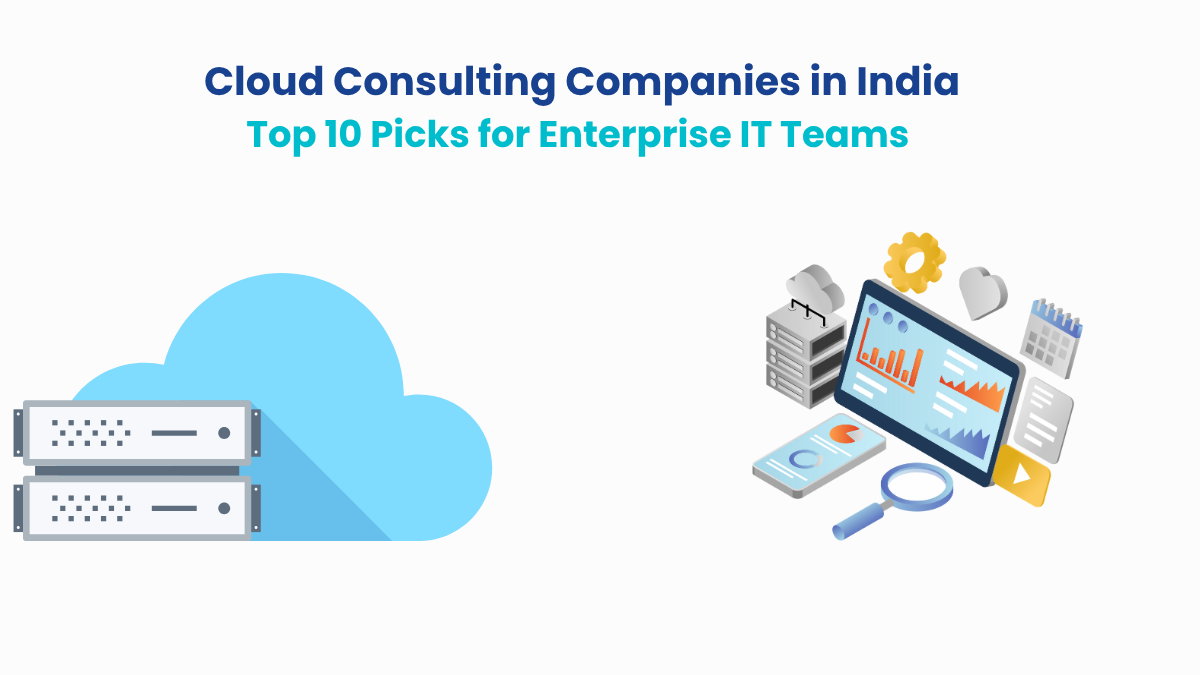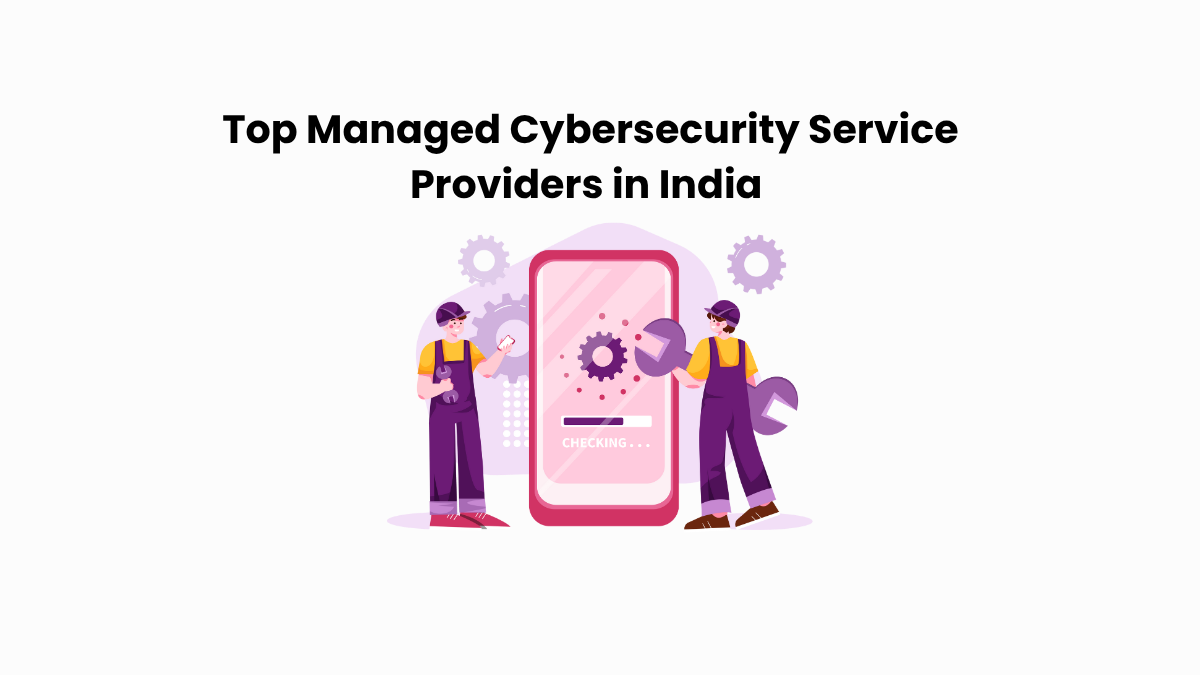Things rarely fall apart in enterprise IT because of one major failure. It is the small disconnects between network and security, and between teams and tools, that slowly pile up until something breaks. You miss a configuration. A policy slips through the cracks. An alert goes uninvestigated. And suddenly, a simple issue turns into a costly incident.
That is why more companies are investing in resident engineering services. These are not just extra hands. They are on-site experts who understand how your systems work together, not just how they work on paper. They troubleshoot faster because they see the full picture. They bridge silos because they sit between them. And they make integration feel less like duct tape and more like design.
But what exactly do they do once they are inside the system? And why are enterprises choosing them over traditional models of support?
Let’s take a closer look at what resident engineering services actually entail.
What Do Resident Engineering Services Comprise?
In the past, a resident engineer was someone you brought in to be your hands on-site. Today, modern resident engineering services go far beyond break-fix support.
These engineers are embedded specialists who understand how your infrastructure actually runs, not just what the documentation says. Today, they represent a more embedded, outcome-focused model that supports your internal teams not just with tasks, but with context and continuity.
They work from inside the environment, alongside your internal teams, vendors, and policies. That positioning is what gives them power.
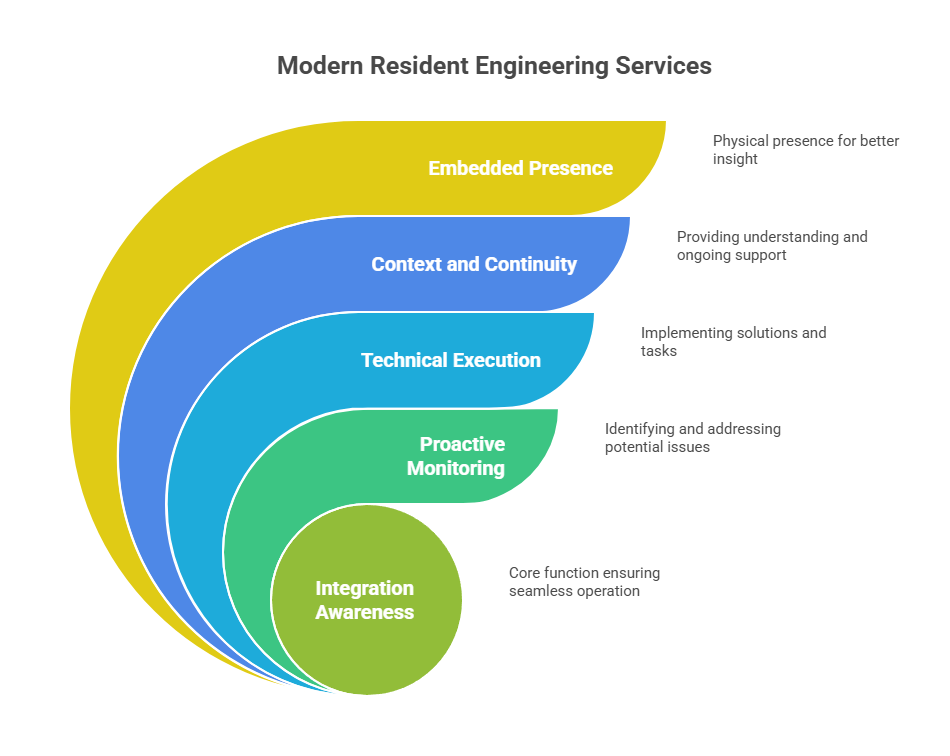
Because they are physically present, they see what remote teams often miss. They can foresee the subtle signs of drift, the early symptoms of failure, the everyday decisions that shape long-term stability.
They are the ones who notice a firewall rule growing stale. A firmware update that was missed. A segment of the network behaving just slightly off. And they act on it before it spreads.
What they bring is not just technical execution, but integration awareness. They help ensure that design intent carries through to deployment, that infrastructure changes do not break security posture, and that internal teams are not left operating in silos.
And that is where the real challenge begins. Because integration is rarely just technical.
Which are the Integration Challenges Resident Engineers are brought in to solve?
One of the most persistent problems in enterprise IT is not whether individual systems work. It is whether they work together, reliably, under pressure, and at scale.
That is the real test of integration.
And it is also the reason many organizations turn to resident engineering services. Because while most infrastructure teams can handle day-to-day operations, they often struggle with the connective tissue. That is, the points where tools, policies, and teams intersect.
Resident engineers are embedded not to replace existing teams, but to make those intersections stronger, clearer, and more resilient. Here are the integration challenges they are most often brought in to solve:
Multiple OEMs, conflicting logic
Large enterprises do not run on a single stack. They use equipment and platforms from several OEMs, each with its own interface logic and quirks. You may have a Fortinet firewall sitting behind Juniper routers, with an Aruba overlay and a Palo Alto policy engine.
When those systems need to coordinate, such as during a threat event or routing change, even a small incompatibility can trigger weeks of troubleshooting. Resident engineers have hands-on experience across OEMs. They make these systems talk, even when they were never designed to.
Critical gaps during rollout and post-deployment
Most failures happen not during planning, but right after deployment. A firewall is configured but not tested against legacy flows. An SD-WAN deployment misses an edge case and breaks a site’s connectivity. These issues often slip through because everyone assumes the next team will catch them. Resident engineers close that gap. They are on-site, watching rollout in real time, validating changes, and catching issues before users do.
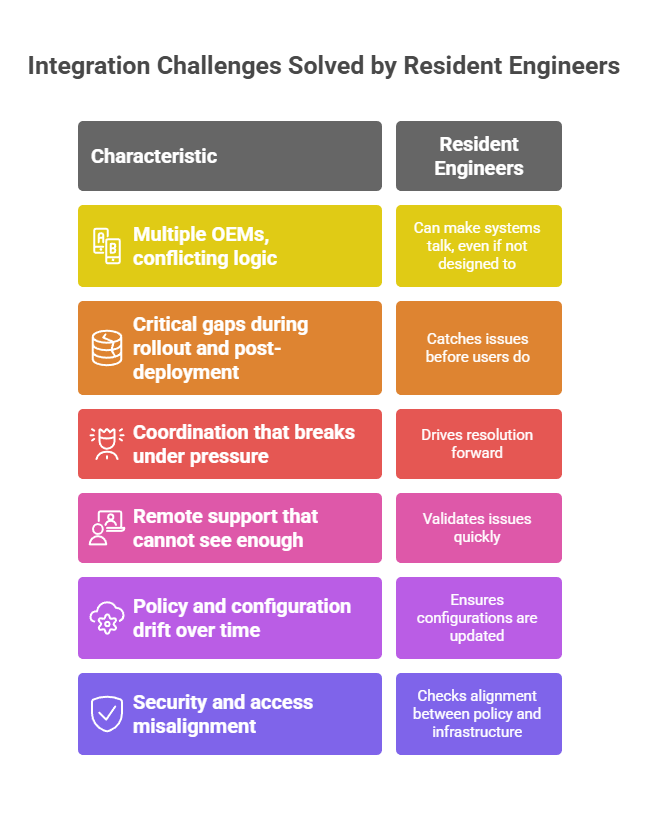
Coordination that breaks under pressure
When a problem hits, say a traffic spike, a breach, or a hardware fault, multiple teams are involved. The challenge is that these teams often operate in separate domains. Network blames security. Security blames applications. Vendors blame the configuration.
A resident engineer is the constant across these conversations. They already know what changed. They know who touched what. And because they are embedded, they can speak to all sides and drive resolution forward.
To complement this on-the-ground integration, many enterprises are also rethinking how their security operations center (SOC) functions. If you’re exploring how to streamline response, reduce alert fatigue, and improve analyst effectiveness, the Five Essential Steps to SOC Transformation eBook is a valuable next read.

Remote support that cannot see enough
Even with a 24×7 remote NOC or SOC, there are limits to what off-site teams can observe or validate. They rely on logs, screenshots, or someone on the ground to confirm symptoms.
Without that context, resolution slows down or goes in the wrong direction. A resident engineer becomes that missing context. They reduce back-and-forth, validate issues quickly, and escalate with clarity, saving hours if not days of guesswork.
Policy and configuration drift over time
Networks evolve fast, but documentation often lags behind. A change made during a late-night maintenance window stays undocumented. A firewall rule added for a quick fix never gets cleaned up. Over time, this creates hidden risk and brittle infrastructure. Resident engineers own this continuity. They ensure configurations are updated, baselines are maintained, and policies are enforced as intended.
Security and access misalignment
Security teams define policies. Network teams deploy infrastructure. Between them is a narrow window where things can go wrong. A port stays open longer than it should. A VLAN allows access to more devices than intended. A new business app bypasses inspection completely. Resident engineers stand in that window. They check alignment between policy and infrastructure and make sure intentions match execution.
These are not edge cases. These are everyday problems in large, moving systems. And solving them is not just about tools or tickets. It is about presence, pattern recognition, and integration thinking.
That is what resident engineers bring to the table. And it is what keeps complex systems from quietly falling out of sync.
But do you really need them? And if yes, when? Let’s find out.
When Does a Resident Engineer Make Sense?
Resident engineering services can be a game-changer, but only when the environment justifies the investment. The critical question is whether their presence solves a real operational problem.
Some enterprises benefit immediately from having an embedded expert. Others may be better served with remote support or shared service models. The key is understanding where your infrastructure stands today.
The table below will help you decide if a resident engineer is the right fit for your environment:
| Do this situation resonate? | If yes, then a resident engineer might help |
| You run a mixed-vendor setup (e.g., Juniper, Palo Alto, Fortinet) with interdependencies | A resident engineer can bridge platform logic and ensure seamless integration across tools |
| You’re rolling out major infrastructure changes (SD-WAN, segmentation, cloud transition) | On-site support validates configurations, monitors edge cases, and ensures stability during transitions |
| Your SOC or NOC faces frequent escalations that take too long to resolve | An embedded engineer can triage issues locally, provide full context, and escalate only what’s necessary |
| You need continuous enforcement of security or compliance policies | A resident engineer maintains documentation, validates policy implementation, and tracks changes on the ground |
| Your internal team is capable but stretched thin with ongoing BAU demands | A resident engineer adds hands-on capacity without the ramp-up time of a new hire |
| You’ve experienced issues where no single team owns the resolution | Resident engineers operate across silos and take ownership of issues that fall in the gaps |
If your infrastructure is relatively simple and heavily cloud-native, a resident engineer may not add significant value. This is especially true when systems are centrally monitored, changes are low-risk, and documentation is consistently maintained.
In these cases, remote support or shared service models may offer a more efficient path.
Resident engineers are not a default requirement. They are a strategic choice, best suited to environments where integration must be tight, stability must be constant, and responsiveness must be immediate.
So, when you have made the decision to hire one, how do you choose the right partner? Let’s find out.
How to Choose the Right Resident Engineering Partner?
If you’re considering a resident engineer, the next step is not just about finding someone with the right technical certifications. It is about choosing a partner who fits into your operational ecosystem and improves it from the inside.
Here are a few things worth considering as you evaluate your options:
#1. Do they understand real-world complexity, not just product manuals?
Enterprise environments are messy. They involve legacy systems, rushed rollouts, overlapping vendors, and undocumented fixes. Your partner should bring experience that reflects that reality, not just theoretical expertise.
#2. Will they embed with your team or remain an outsider?
A good resident engineer becomes part of the rhythm of your operations. They work alongside your staff, communicate clearly, and help your internal teams grow stronger, not dependent.
#3. Can they balance responsiveness with proactive improvement?
Support is only part of the job. The right engineer helps spot inefficiencies, suggests improvements, and prevents incidents before they escalate. That mindset matters more than a fast reaction time alone.

#4. Do they bring perspective from similar environments?
It is not enough to know how a tool works. The right engineer has worked across similar scale, compliance requirements, or sector-specific risks. They bring informed judgment to every decision they support.
#5. Is there a clear structure around reporting, collaboration, and accountability?
Resident engineers may be on-site, but they still need a system behind them. This means regular updates, documentation standards, and access to escalation paths when needed. Your partner should offer that structure from day one.
This is not a short-term staffing decision. It is a long-term operational investment. And like any investment, the impact depends not just on what you bring in, but how well it fits into what you already have.
Why Enterprises Trust Datacipher for Resident Engineering Services?
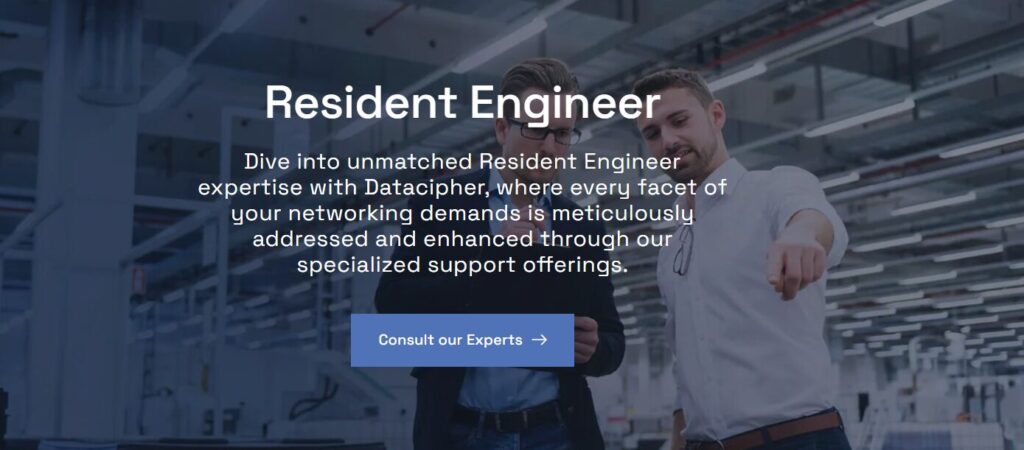
Source – Datacipher
At Datacipher, we’ve supported some of the most demanding enterprises across India and beyond. Right from global financial firms and telecom providers to public sector infrastructure and complex manufacturing networks. In every case, our resident engineering services have been trusted to bring stability, structure, and clarity where stakes are high and tolerance for delay is low.
But what sets us apart is not just our technical depth. It’s how we show up.
Our resident engineers are fully embedded in your environment. They are not drop-in contractors or rotational resources. They are aligned to your goals, familiar with your systems, and ready to solve problems that never make it into the support queue, because they are handled before they escalate.
Here’s what that looks like in practice:
Dedicated on-site expertise: Each engineer is selected based on your infrastructure profile. They are not only certified but also experienced in similar enterprise environments, so onboarding is fast and context is immediate.
Proactive Oversight and Documentation Discipline: We don’t just close tickets. We identify trends, clean up misconfigurations, and maintain documentation that helps prevent future incidents. Nothing gets swept under the rug.
Fluency across Platforms and Teams: From Juniper and Fortinet to Palo Alto and Cisco, our engineers work across OEMs and teams. They help bridge gaps between security, network, cloud, and application owners.
Knowledge Transfer that builds internal strength: We’re not here to create dependence. Our engineers bring in best practices, host informal knowledge sessions, and help elevate your internal team’s capabilities.
Real-time Presence, backed by Structure: Our engineers are embedded, but not isolated. They operate within a mature framework, with reporting, escalation paths, and the backing of Datacipher’s broader expertise when needed.
The result is a system that is better integrated, more predictable, and more resilient. And outcomes that are driven not by reaction, but by readiness.
Are you ready to make resident engineering a core strength of your IT operations? Consult with our experts and discover a model designed for real-world complexity.
Frequently Asked Questions
1. What is the difference between a resident engineer and a network engineer?
A network engineer may work remotely, handle specific configurations, or operate on a ticket basis. A resident engineer, on the other hand, is embedded on-site and works across systems, teams, and issues with broader responsibility for integration, continuity, and proactive support.
2. Can resident engineering services be customized for specific technologies or OEMs?
Yes. Most resident engineering engagements are tailored to your stack. Whether you use Juniper, Palo Alto, Fortinet, Cisco, or a mix, the right provider assigns engineers with relevant certifications and real-world experience in those technologies.
3. How quickly can a resident engineer become effective inside a new environment?
Experienced resident engineers typically become effective within the first few weeks. With the right onboarding, they begin adding value early by validating configurations, resolving open issues, and identifying process gaps others may have missed.
4. Do resident engineers handle documentation and compliance tasks?
Yes. A key part of their role is maintaining updated documentation including network diagrams, configuration logs, and change records. This discipline supports smoother audits, better RCA, and more consistent policy enforcement.
5. What are the typical qualifications or certifications of a resident engineer?
Most resident engineers hold certifications aligned with the technologies they support, such as JNCIP, CCNP, PCNSE, or NSE. Beyond credentials, their effectiveness often comes from hands-on experience across enterprise environments with complex vendor stacks.
6. Can a resident engineer help during a network migration or major change project?
Absolutely. Resident engineers are often brought in specifically for large transitions like cloud migrations, SD-WAN rollouts, segmentation projects. They provide on-the-ground validation, help manage risk, and ensure the new architecture functions as intended.
7. How do you measure the ROI of resident engineering services?
ROI can be measured through reduced downtime, faster resolution, cleaner documentation, and fewer post-deployment issues. Long-term, it’s about operational resilience. That means calculating how smoothly systems run, how quickly teams respond, and how well integration holds up under change.


